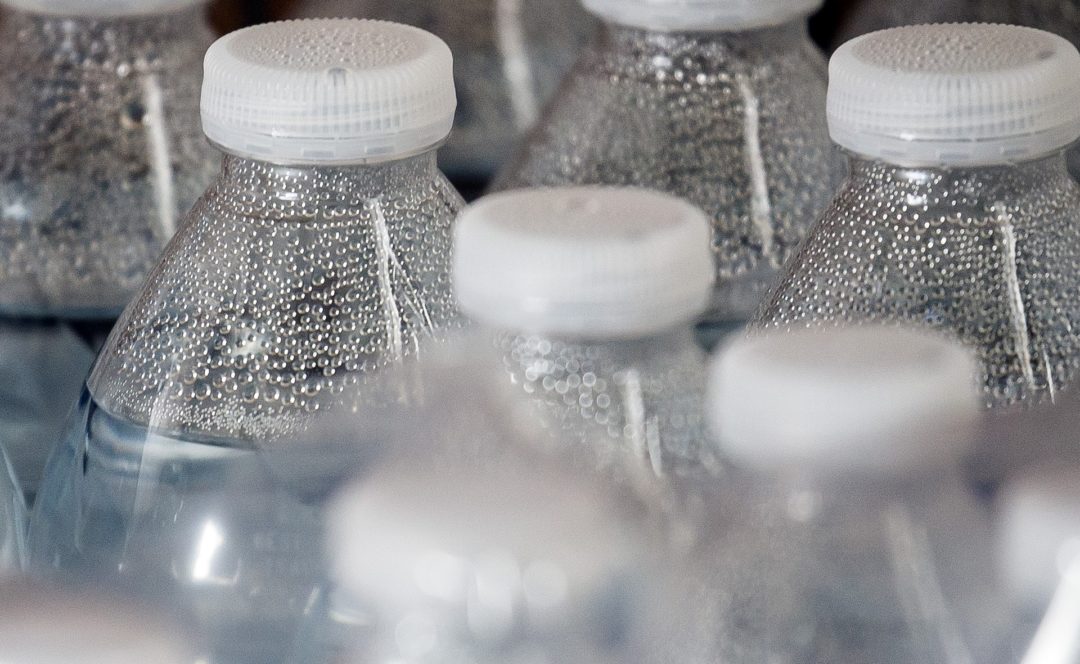
Bottled Water Contaminated with Microplastics, Study Shows

Now that this study confirms extensive human exposure to microplastics from drinking water, not to mention the contaminated food and tap water confirmed in previous studies, the priority is to understand how this consumption of microplastics affects the body. Dr. Stephanie Wright of the King’s College Centre for Environment and Health tells the BBC, “The particles could stay within an immune cell in the gut lining, or be passed into our lymphatic system ending up in the lymph nodes, or there is a small potential for them to enter the blood stream and possibly accumulate in the liver. These are foreign hard particles which our body will obviously want to get rid of but it can’t because plastic is not degradable so that will cause harm to the local tissue.”
The International Bottled Water Association (IBWA) along with Coco-Cola, Pepsico, Danone and Nestle havefired back, challenging the validity of the study and taking the authors to task for unnecessarily scaring consumers. For one, says IBWA, the particles described as plastic by Orb are not confirmed spectroscopically to be microplastics. In an effort to deflect fear of drinking bottled water by consumers, the trade group also cites the presence of microplastics in the environment and use of plastics by other companies in the food industry as well as the fact that there is no scientific consensus about the impact of microplastics on human health.
Updated 3/19/2018, 3:13 PM
Related Articles

The editorial team at WholeFoods Magazine has decades of experiences reporting on natural products industry news, trends, and more. This national, monthly business-to-business magazine has been published continuously for nearly 40 years (the magazine was founded in 1977, and has been owned by Wainer Finest Communications since 1984). It is the longest-tenured media outlet of its kind in the natural products industry. The editorial focus at WholeFoods Magazine is, and always has been, on informing and educating members of the natural products industry.
The Magazine
Information
About Us
NOTE: WholeFoods Magazine is a business-to-business publication. Information on this site should not be considered medical advice or a way to diagnose or treat any disease or illness. Always seek the advice of a medical professional before making lifestyle changes, including taking a dietary supplement. The opinions expressed by contributors and experts quoted in articles are not necessarily those of the publisher or editors of WholeFoods.







